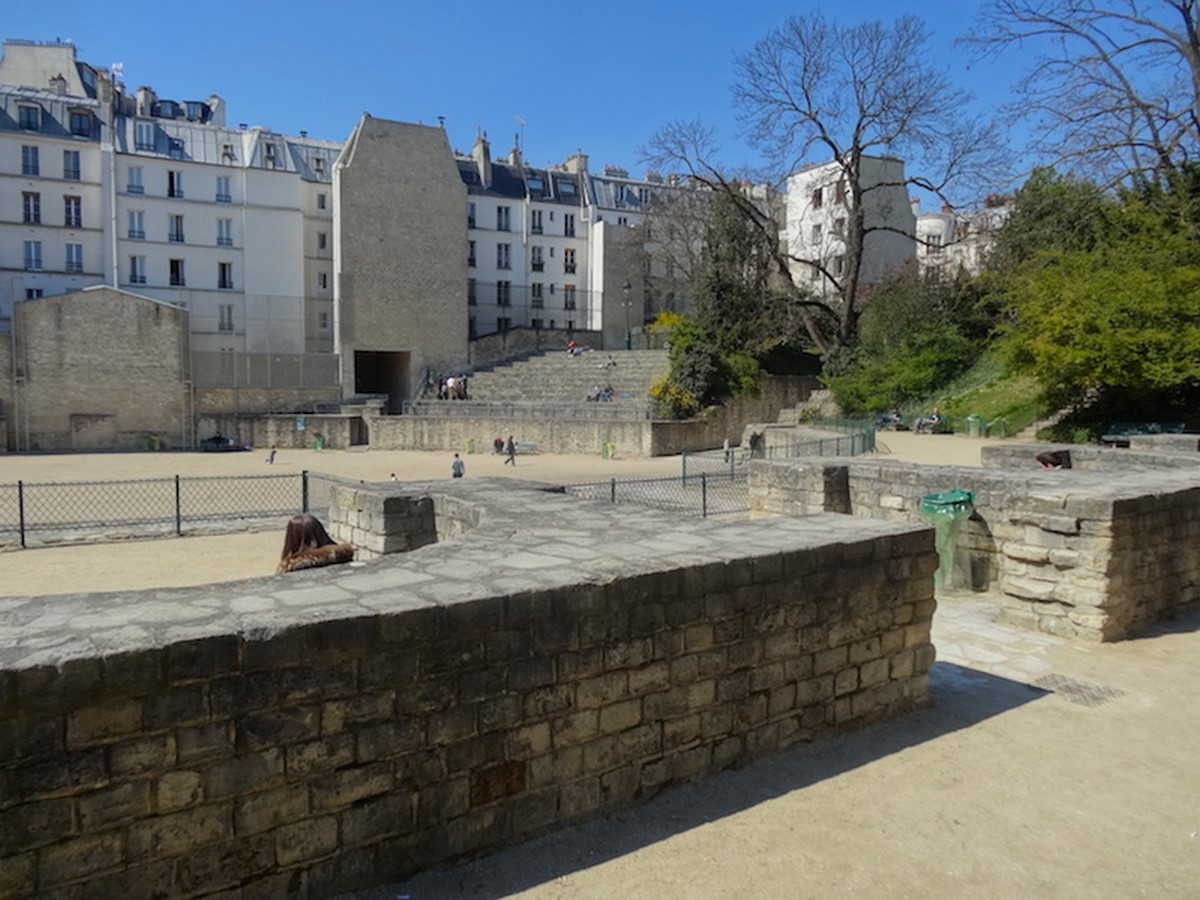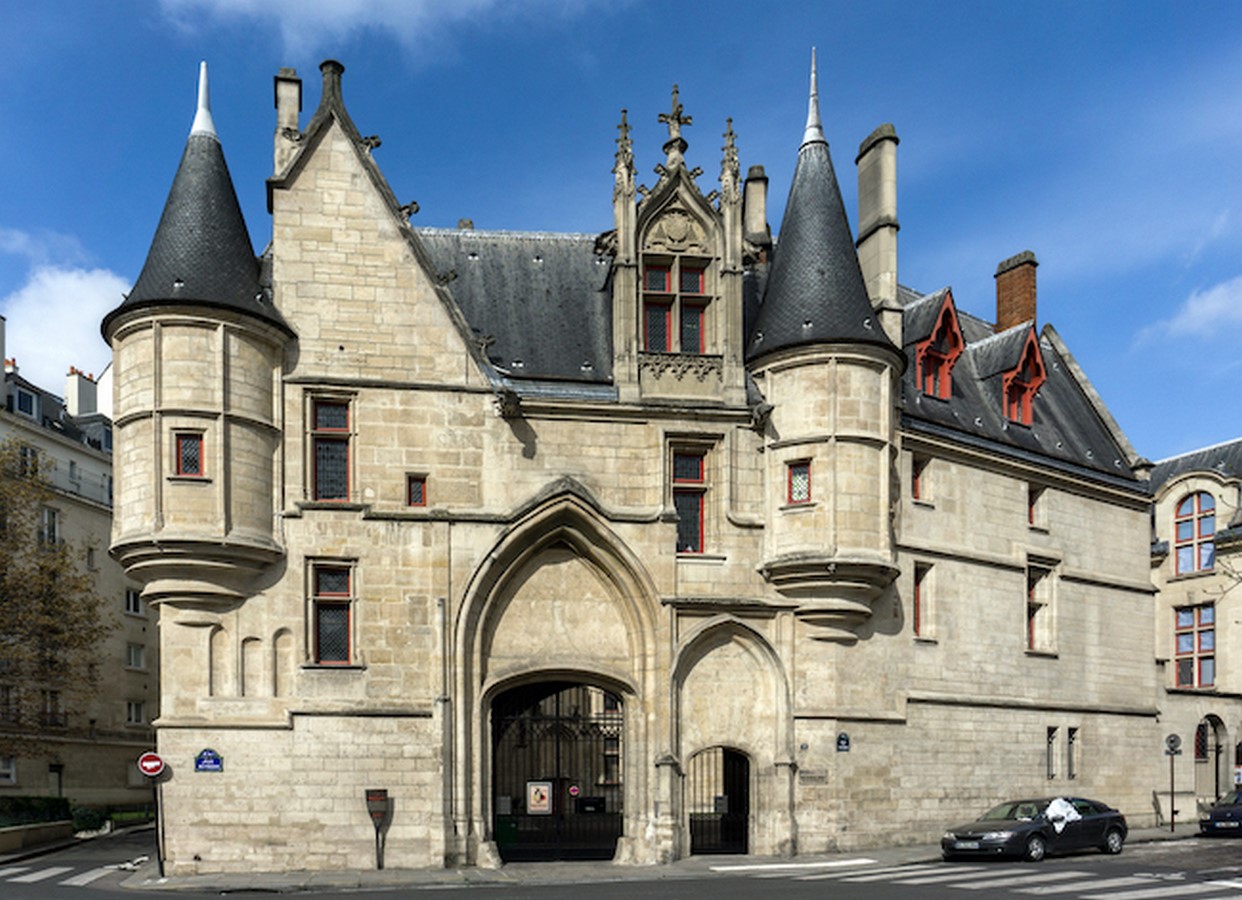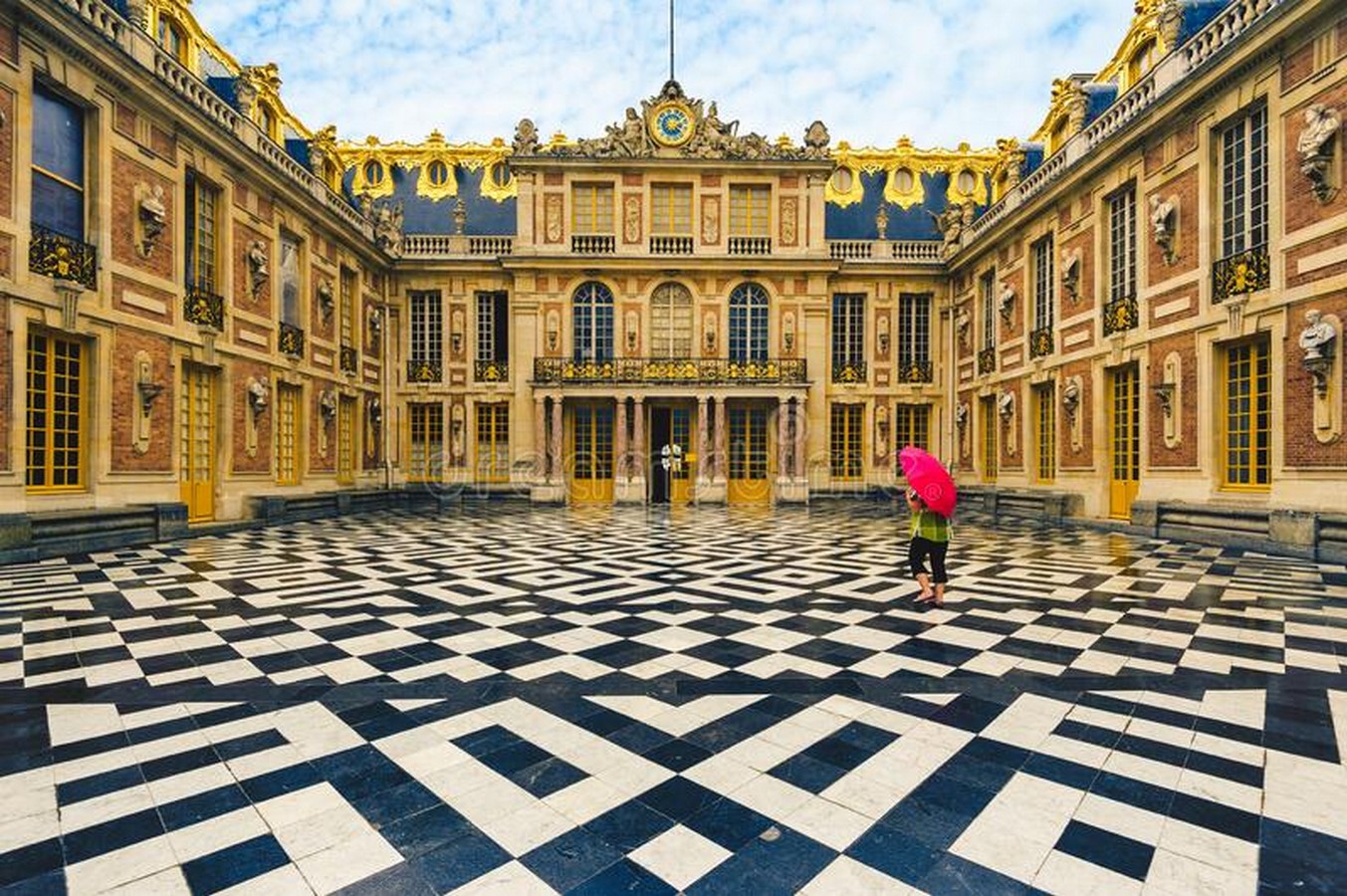Over the centuries, Paris has served as a true “research lab” for pioneering architects to experiment with their ideas. Throughout the city, we can observe Roman, Medieval, Renaissance, Baroque, Classical, Neoclassical, Art Nouveau, and Contemporary Architecture styles coexisting harmoniously.
In contrast to most metropolises, Paris is still a historic city – and this respect and treasure of the past is what has made it one of the most visited and adorned spots in the world. Historically, Paris can be divided into four architectural periods: Roman, Medieval, Renaissance, and Classical.
Gallo-Roman architecture
Paris still retains some Roman touches: the Rue Saint-Jacques running through the middle of the city once served as the main Roman road in and out. However, when the Roman Empire collapsed, its architectural genius also vanished. In the early Middle Ages, architects did not yet exist per se, and major Parisian buildings were designed and constructed by masons.

The Medieval Period (1100-1526)
The majority of surviving medieval architecture in France are the religious structures. As in much of Europe, French churches evolved through a series of styles that began with the Romanesque. Three unique engineering improvements appeared in Paris and France in the 1100s creating a new Gothic style. These three innovations were: pointed arches, cross vaults, or X-shaped and flying buttresses.

The Renaissance (1515-1643)
In 1515, with Francis I taking over the French throne, the Renaissance arrived in Paris with a bang. In all the arts, including architecture, Renaissance ideas emphasized human proportion. Therefore, buildings of this period can be read as metaphors for the human form: their solid base is the building’s foot, their elegant middle is its body, and the peak of the roof, with gabled windows, is the hat. A series of carefully-proportioned ideas initiated Classical architecture in Paris.

French Baroque and Classicism (17th Century)
Baroque first emerged in Italy in 1590 but reached its apogee in France 50 years later. In this style, the emphasis on grand floor plans, massive superhuman figures, and the illusion of infinite distance suited the Sun King, who used architecture to reflect his political power. The great palace at Versailles, which was designed as the king’s residence, is essentially in Baroque style. In this period, classicism influence first manifested itself in Paris. Order, sumptuous functionality, and Palladian defined Classical architecture. In the 18th and 19th centuries, this style gained popularity.

Rococo (1715-1774)
After the Baroque style was exhausted, architecture changed to complement the new ideals. During the Rococo period, natural curves became popular. In this style, grottoes and shells are ornamented with sinuous lines. Architecturally, the Rococo period brought improvements in design, including more efficient chimneys, improved sanitation, and more private rooms. Residential life was becoming more like what we recognize today.

Neoclassicism (late 18th- early 19th-century)
Following the light-filled and the frivolous buildings were pared down to classical symmetry. Neoclassicism began in Paris with the doomed reign of Louis XVI. The study of Roman and Greek architectural theories influenced this severe style. Neoclassicism is, therefore, very intellectual. Plain, unadorned materials are also prevalent in this style, along with extremely logical floor plans and design.

Art Nouveau (1893-1917)
From roughly 1893 until the beginning of World War I, Art Nouveau was an exquisite but brief architectural trend. It was common to see heavy overwrought versions of Haussmann buildings. Innovative young architects from across Europe took a fresh look at steel, iron, and concrete. They realized that these new materials could emphasize the way a building was put together instead of concealing it with a heavy facade. By using new materials, architects were able to liberate the interior of a building, opening the door to Modernism.

Art Deco and the Modern Movement (1918-39)
After World War I, a new aesthetic began to emerge in Paris. The Modern Age had begun. Architects responded to the jazzy rhythm with angular shapes reminiscent of the new cruise ships as means of expressing freedom and movement. Originally, their style was referred to as Industrial Moderne, Jazz Moderne, or Streamline Moderne. It wasn’t until the 1960s that the term Art Deco was coined and has stuck ever since. First appearing in Paris, Art Deco reached its heights in New York during the 1920s and 1930s. In the wake of World War II, Art Deco’s optimism was replaced by the less-flamboyant lines of pure Modernism. At first, in Paris, though, the two styles overlapped, particularly in newly-developed residential areas such as Boulogne and Montsouris.

Contemporary, 1980 to Present
President Mitterrand unveiled a new architectural concept in the 1980s for Paris to move into the millennium. It was Mitterrand who commissioned the Grand Louvre’s new glass pyramid entrance (by I.M. Pei), the Grande Arche de la Defense (by Von Spreckelsen), the Cité de la Musique (by Christian de Portzamparc), the Institut du Monde Arabe (by Jean Nouvel), the Opera Bastille (by Carlos Ott), and the new library (by Dominique Perrault), now called the Bibliotèque François-Mitterrand after puppeteer himself.





















